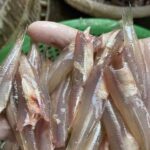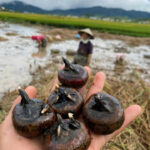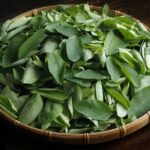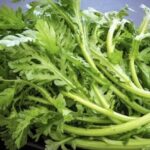What is Konjac, and Why is it so Unique?
Konjac, also known as elephant yam, devil’s tongue, or voodoo lily, is a root vegetable belonging to the aroid family, native to tropical regions in Vietnam, particularly in the Northwest, Central Highlands, and Southern regions. At first glance, konjac resembles taro but is larger, with a rough, gray-brown skin and numerous “eyes” like a jackfruit. Beneath this unassuming exterior lies a white or pale purple fleshy interior with a sticky texture.
While it may not be the most visually appealing vegetable, konjac offers a unique culinary experience and boasts impressive nutritional benefits. In some rural areas, it is affectionately referred to as the “root of fullness,” as a single serving can satiate hunger for an extended period.
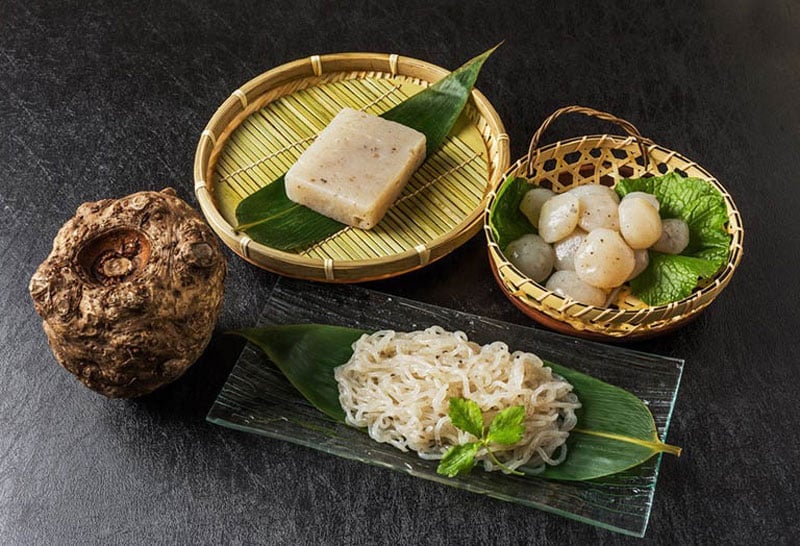
Why is Konjac Gaining Popularity?
Konjac is more than just a humble vegetable; it is a nutritional powerhouse. Its primary component is glucomannan, a soluble fiber capable of absorbing water up to 50 times its weight. This property promotes a prolonged sense of fullness and aids in weight management. Additionally, glucomannan slows the absorption of glucose in the digestive system, helping to regulate blood sugar levels and reduce harmful cholesterol.
The benefits don’t stop there. Glucomannan also plays a role in regulating stomach and intestinal activity by absorbing water and forming a large mass. This action aids in treating constipation and improving overall digestive health.
With its myriad health advantages, konjac is increasingly becoming a smart food choice for those conscious of their well-being and embracing a wholesome diet.
How Should Konjac be Consumed?
Despite its nutritional prowess and delectable taste, konjac requires proper preparation. Belonging to the aroid family, raw konjac contains irritants that can cause itching or discomfort if consumed raw or inadequately prepared.
Here are some tips for safely handling konjac:
- Peel and thoroughly wash the konjac with salted water.
- Blanch the konjac and discard the first batch of water before proceeding with further cooking.
- When cooking, combine it with mildly spicy ingredients like pepper, ginger, or lemongrass to neutralize its “cooling” property.
Nguyen Thu Trang, a 38-year-old from Nghe An, shares her experience: “Whenever I visit my hometown, my mother prepares stir-fried konjac with pepper leaves. The aroma of this dish is simply irresistible, and it tastes incredible with steamed rice. Even in the city, I often purchase konjac to cook for my family. It’s delicious, filling, and doesn’t make you fat.”
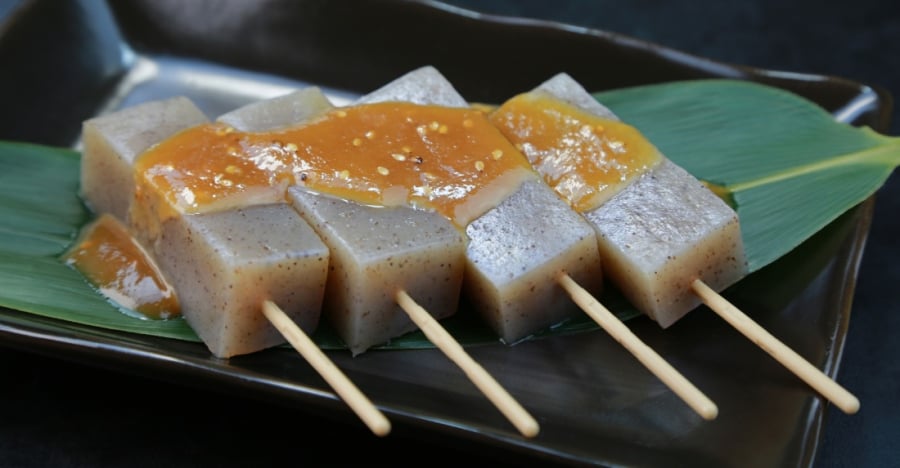
From a Rural Delicacy to a Modern “Clean Eating” Favorite
In today’s world, where “clean eating” and “slow food” movements are gaining traction, konjac has caught the attention of agricultural startups and holistic food stores. Some companies are even developing konjac-based products such as konjac flour, noodles, and snacks, catering to those embracing eat-clean or low-carb lifestyles.
According to the Vietnam Agricultural Newspaper, in 2024, the cultivation area for konjac in regions like Quang Binh, Lam Dong, and Dak Nong witnessed a slight increase due to rising demand from Japan and South Korea, where konjac is considered a premium food item.
However, for sustainable development, konjac production requires clear-cut cultivation planning and further investment in advanced processing technologies to introduce this humble vegetable to a broader market.
Incorporating Konjac into Your Daily Menu
If you’re looking to add a unique twist to your meals, why not give konjac a try?
- Stir-fried Konjac with Pepper Leaves: The fragrant pepper leaves combined with the chewy konjac make for a delightful pairing with steamed rice.
- Konjac Bone Broth Soup: The konjac softens in the broth without disintegrating, making it a perfect addition to a hearty family meal.
- Vegan Konjac Stew: A simple yet tasty option for those following a vegan or vegetarian diet.
You can find konjac at rural markets, wholesale markets, or online agricultural stores. Prices typically range from 15,000 to 25,000 VND per kilogram, depending on the season.
In Conclusion: A Memorable Culinary Experience
In the vast landscape of Vietnamese cuisine, konjac may seem like a modest supporting player. However, with its intriguing flavor, exceptional nutritional profile, and potential for global recognition, konjac is quietly establishing itself as a special “gift from beneath the earth” for those who appreciate the unique flavors that Vietnam has to offer.


























